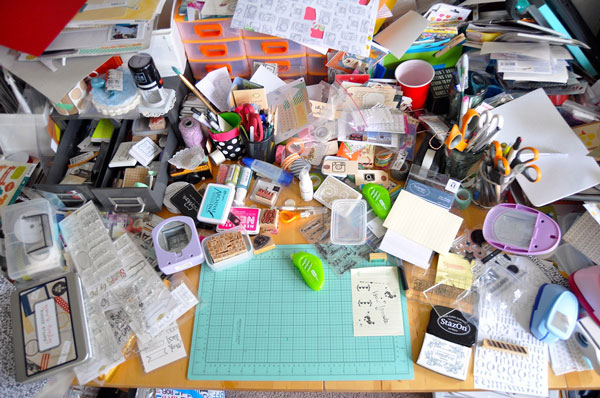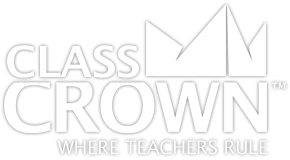 How many minutes per year do you suppose you spend looking for something you know you had only days, hours or even minutes before? Students and teachers are both notorious for misplacing papers. Students lose their papers in disheveled desks and backpacks and teachers lose the copied math worksheets they made during prep period just as quickly.
How many minutes per year do you suppose you spend looking for something you know you had only days, hours or even minutes before? Students and teachers are both notorious for misplacing papers. Students lose their papers in disheveled desks and backpacks and teachers lose the copied math worksheets they made during prep period just as quickly.
A great strategy for managing those pesky papers is to follow what is known as the “OHIO Principle.” Ohio stands for Only Handle It Once. This principle recognizes that papers are often lost when the recipient receives them and places them somewhere (in a disorganized folder, on the desk amidst a sea of other papers), thinking that he’ll put them in the proper place later when he has more time. Under the OHIO principle, upon receipt of the paper (whether it be students receiving handouts or teachers receiving completed work), the recipient will “only handle it once” by immediately placing the paper(s) in the proper place.
Of course, this principle assumes that students and teachers are organized enough to have a “proper place” for the paper to begin with. As such, creating an organizational method ahead of time will be crucial to the success of this concept. Teachers will need to have a place to put turned in work, graded work, copied handouts, notes from parents, etc. Likewise, students will need to know where to place their notes, handouts, homework, returned work, permission slips, etc.
Some students seem to have been blessed with an “organization gene,” and will need little to no help organizing their backpacks and desks, but many—if not most—students will need guidance and incentives for maintenance. Teachers can aid in the success of their students’ organizational pursuits by directly instructing students in organizational methods. Many students benefit from having a clear guide as to how to organize their binders, where to keep various kinds of papers, and from having frequent graded binder or backpack checks. Another way teachers can help students maintain organization is to allow them regularly scheduled times to clean out their backpacks and desks. Allowing students five to ten minutes of “clean up” time at the end of each day is a great way to help students keep their papers and learning items organized. In order to avoid lost papers, teachers should also give students ample time to place handouts and returned work in the proper place once they are passed out. There is nothing more frustrating for a student than to receive a paper or papers just before the bell rings, when there is not time to put it in its designated place in the binder before leaving for lunch, the next class period, or to go home.
It is also beneficial for teachers to give direct instruction in the OHIO principle itself, especially until it becomes habit. For example, the teacher can say, “Class, I am handing out your math homework for the evening right now. I would like you to turn to the math homework section of your binders and place the assignment in the front of that section. Then record the assignment in your agenda. Once you have done so, lift your pencil so that I know you’re finished.” Teachers should look for visual confirmation that all students have, indeed, placed their papers in the proper place in their binders. After a few weeks of this kind of instruction, the OHIO principle will begin to become habit and students will begin automatically placing their papers in the proper place once they are handed out.
Teachers can also model the OHIO principle in their own actions. For example, when the teacher collects the previous night’s math homework, she can say, “Thank you for submitting your homework on time. I am going to place this stack of work in my ‘To Be Graded Bin’ for math. When I am done grading them, I will place them in my ‘Outgoing Box’ and they will be filed in your student files by this month’s class filers.
Organization doesn’t come naturally for many people, however, with practice and consistent application of ideas such as the OHIO Principle, teachers and students can both make strides toward never losing a stray (or dare I say stack!) of papers again.

